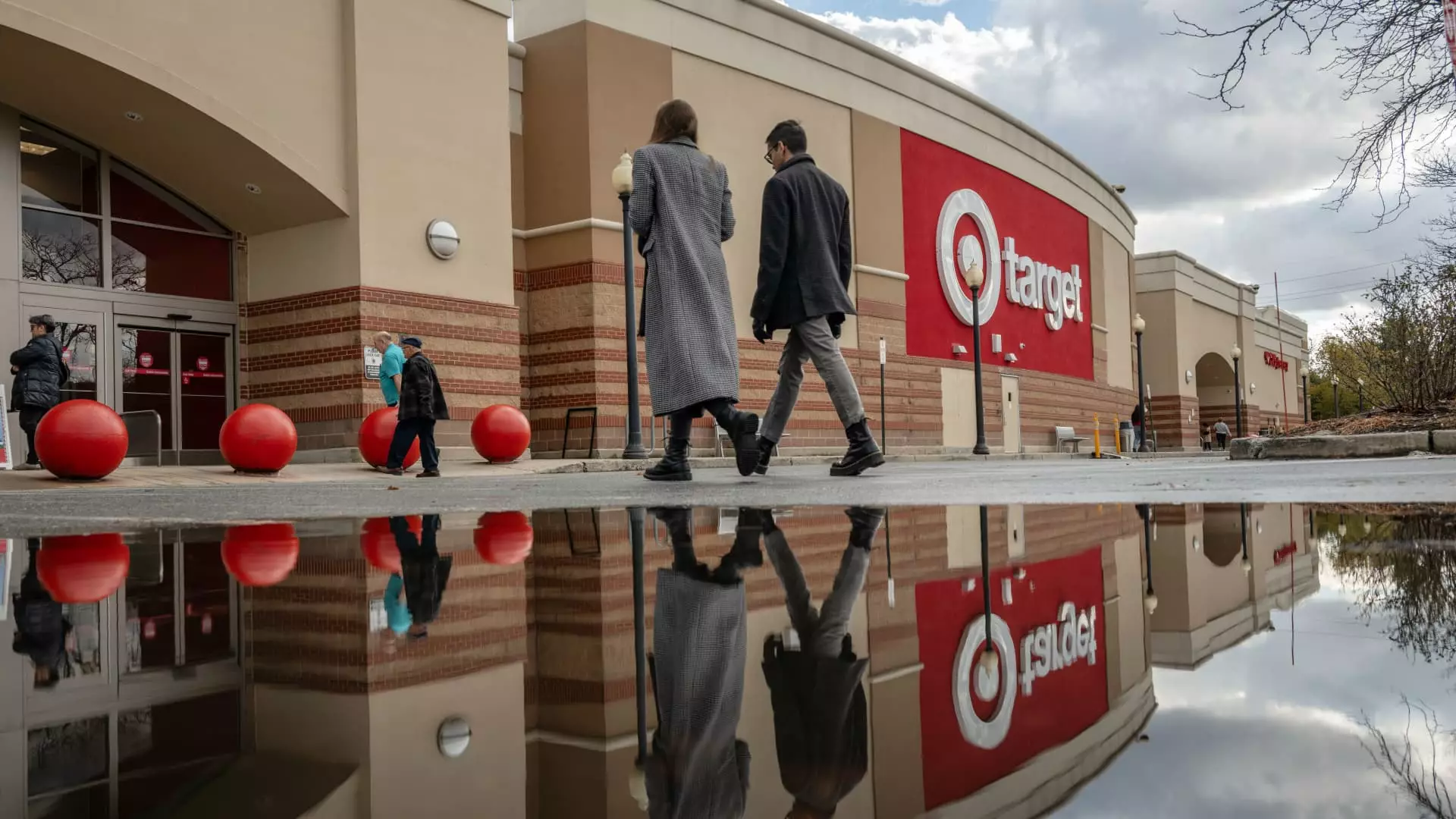As the holiday season approaches, retailers are facing a unique array of challenges and opportunities. With the calendar turning toward November and December, brands strive to entice discerning consumers into making holiday purchases. However, the environment has become increasingly selective, leading to a significant disparity in retail performance. This year’s season presents a mixed bag for retailers, as some brands thrive while others struggle to meet consumer expectations.
Recent earnings reports have drawn a distinct line in the sand among various retailers. Notably, major players like Target, Kohl’s, and Best Buy have experienced underwhelming results for the third quarter. Early holiday promotions failed to provide the expected boost, leaving these brands grappling with stagnant sales figures. In stark contrast, retailers such as Walmart, Dick’s Sporting Goods, and Abercrombie & Fitch have reported robust performance during the same period, a clear indication that the market is not uniformly buoyant.
The post-COVID landscape continues to shape consumer spending habits. The specter of inflation has hung over American households for more than two years, creating a culture of cautious spending. As prices for essential goods, including groceries and housing, remain elevated, shoppers are compelled to prioritize needs over wants. Even as inflation begins to ease, its impact lingers, forcing retailers to work diligently to capture consumer attention without over-stretching budgets.
Neil Saunders, managing director of GlobalData Retail, articulates the shifting consumer psyche succinctly: shoppers may still have some disposable income, but they are increasingly selective in their purchases. Many are opting for necessity over excess—resulting in a trend where consumers might choose to buy fewer high-quality items instead of multiple lower-value goods. This trend further complicates the holiday landscape, particularly for retailers not traditionally known for their essential goods.
According to the National Retail Federation (NRF), holiday spending in the final months of the year is anticipated to show a modest increase of between 2.5% to 3.5%. This year’s forecast places total holiday spending in the range of $979.5 billion to $989 billion, which is a smaller year-over-year uptick compared to previous seasons. Such predictions indicate a cautious approach from consumers who have grown increasingly selective about where to allocate their holiday budget.
Promising feedback comes from Dick’s Sporting Goods and Abercrombie & Fitch, with both companies adjusting their full-year forecasts upward. They have indicated confidence in the upcoming holiday shopping season, stemming from early consumer responses to their offerings. Conversely, Nordstrom and Walmart express a more tempered outlook. Acknowledging slower shopping trends, Nordstrom has slightly adjusted its sales forecast, revealing the company’s wariness about maintaining momentum. Meanwhile, Walmart’s Chief Financial Officer noted that while the holidays have commenced positively, consumers remain strategic in their spending decisions and are awaiting better deals.
Brands like Target and Kohl’s face considerable challenges as the season progresses. Kohl’s has issued stark warnings about a sharper-than-expected decline in sales and has even initiated a leadership change in a bid to redirect its strategy. Similarly, Target anticipates flat sales growth for the holiday quarter, despite implementing various strategies to capture shopper interest, including partnerships with popular franchises like Universal’s “Wicked” and Taylor Swift’s merchandise.
A critical point to consider is the struggle faced by retailers that primarily offer discretionary items, rather than essentials. Saunders highlights the sentiment among consumers toward “experiences” and “useful gifts,” suggesting that items lacking practical value are increasingly being sidelined. Conventional impulse purchases—such as novelty gifts or trinkets—are losing ground as shoppers seek to avoid wasteful spending.
Retailers are also confronting challenges with inventory management. Overestimating demand or stocking unsuitable products poses a significant risk during a crucial shopping season. For example, Kohl’s has been noted for showcasing clothing and small appliances, yet question marks loom about whether these items will genuinely attract shoppers in an environment where foot traffic appears limited.
Marshal Cohen, chief retail advisor at Circana, emphasizes that value, rather than merely low prices, will dictate success this holiday season. Retailers need to demonstrate they provide the “best bang for the buck” while also ensuring an appeal in uniqueness or quality. Moving into the holidays, many brands may begin to prepare narratives of external blame—such as supply chain disruption or seasonal weather—should their sales figures underperform.
This holiday shopping season encapsulates the divide in the retail sector starkly. Those retailers who recognize and adapt to the changing preferences of a selective consumer base will likely triumph, while those who fail to evolve may find themselves struggling through the holidays. As a backdrop of cautious spending approaches the festive season, the landscape of retail continues to shift, reflecting broader economic currents marked by inflation and consumer hesitancy. For remaining players, the focus must pivot toward understanding customer needs and adopting strategies that resonate in today’s market.

